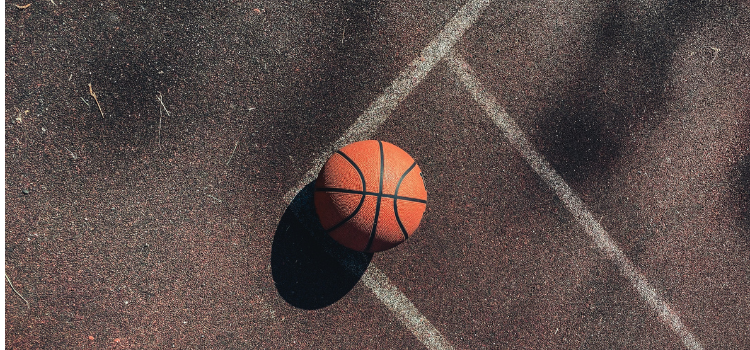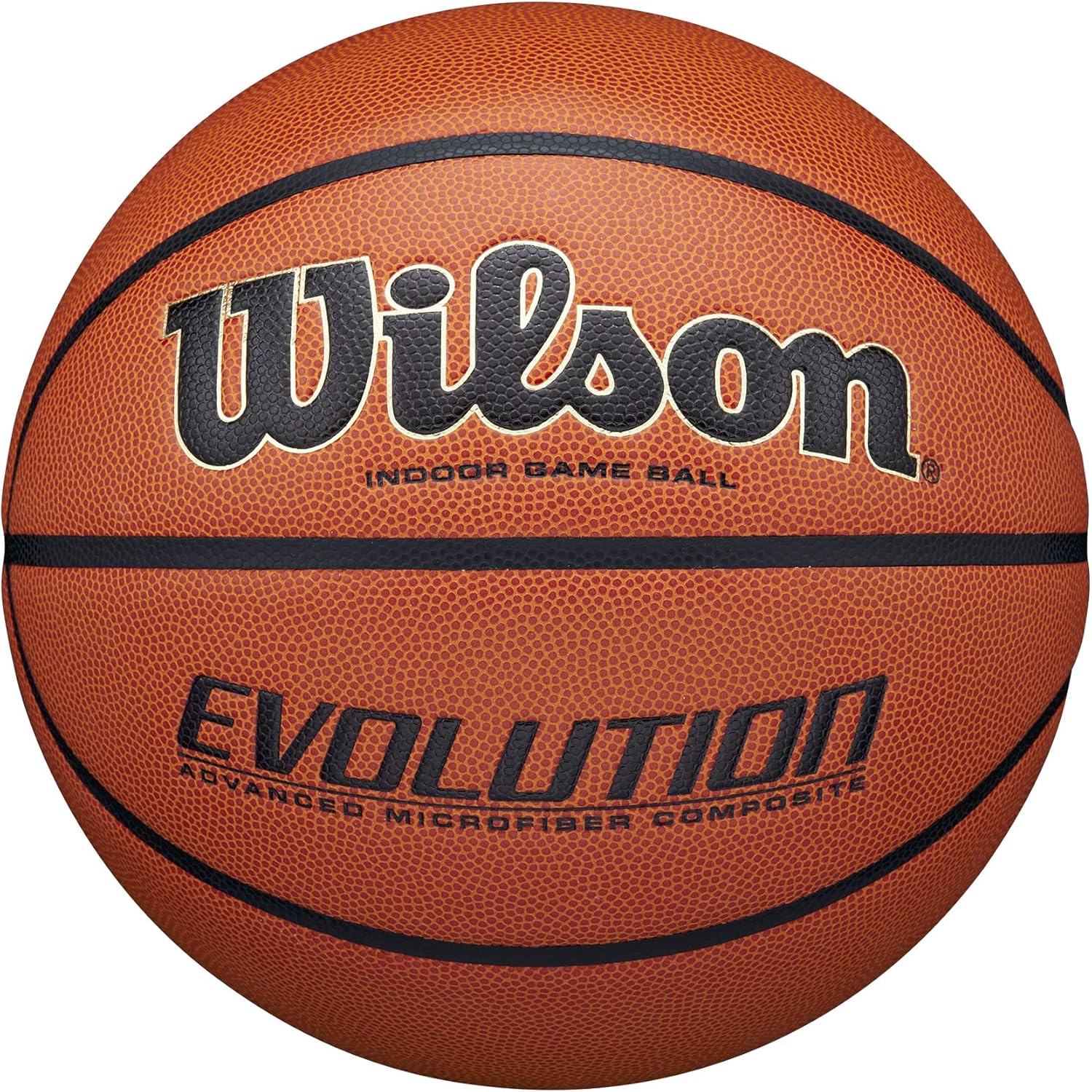A basketball backboard can endure a lot of wear and tear over time, from weather conditions to intense gameplay. Whether it’s cracked, shattered, or simply damaged, a broken backboard can severely affect your game. Fortunately, repairing a basketball backboard is a task that many DIYers can handle with the right tools, materials, and a bit of know-how. In this guide, we’ll walk you through the steps on how to fix a broken basketball backboard.
1. Assess the Damage
Before you dive into fixing the backboard, you need to assess the extent of the damage. The two most common types of damage to basketball backboards are:
- Cracks: It may develop due to forceful impacts or rapid temperature shifts.
- Shattering: This is often caused by a forceful hit or the material becoming brittle over time.
Once you’ve determined the damage, you can figure out if it can be repaired or if replacement is necessary.
2. Materials and Tools You’ll Need
For repairing your basketball backboard, you’ll need the following tools and materials:
- Acrylic or Polycarbonate Patch Kit (if repairing a cracked backboard)
- Epoxy Resin or Superglue (for small cracks)
- Clear Sealant (to protect the repair)
- Screwdriver and Screws
- Replacement Backboard (if needed)
- Tape Measure
- Drill (if drilling new holes for screws)
- Safety Gear: Gloves, goggles, and a dust mask
3. Repairing a Cracked Basketball Backboard
Step 1: Clean the Surface
Start by cleaning the surface of the backboard where the crack is located. Gently wipe away any dirt or debris near the damaged area using a soft cloth. This will ensure that the adhesive or epoxy adheres properly.
Step 2: Apply the Epoxy or Superglue
For small cracks, you can use a high-strength epoxy resin or superglue. Apply the adhesive to the crack, making sure it fills in completely. Use a putty knife or a similar implement to spread the glue evenly and scrape off any extra. Let the adhesive dry according to the manufacturer’s guidelines..
Step 3: Reinforce the Crack
If the crack is significant, reinforcing that section might be necessary. You can apply a patch of acrylic or polycarbonate material to cover the crack. Apply a clear adhesive to fix the patch in place, making sure it sits evenly with the backboard surface. Secure the pieces with clamps to hold them steady as the glue dries.
Step 4: Seal the Repair
After the adhesive has dried, apply a clear sealant over the repaired crack to protect it from future damage. This will also help prevent water from getting into the crack and causing further deterioration.
4. Repairing a Shattered Basketball Backboard
If your backboard is completely shattered, likely, a simple repair won’t suffice. In this case, it’s usually best to replace the entire backboard. However, if you’re set on repairing it, here’s how you can approach the problem:
Step 1: Remove the Damaged Backboard
Use a screwdriver or drill to remove the backboard from its frame. You might need to detach bolts or fasteners securing the backboard. Handle broken glass or acrylic with care to prevent injury.
Step 2: Install the New Backboard
Once the damaged backboard is removed, proceed with installing the replacement.. Line up the holes for the bolts or screws, and secure the new backboard onto the frame using the appropriate tools.
Step 3: Test the Stability
After installation, test the backboard by gently applying pressure to ensure it’s securely fastened. Check the alignment and adjust as needed. MC
5. Replacing a Broken Backboard
If your backboard is beyond repair, replacing it may be the best option. You can find replacement backboards for various types of hoops, including residential and professional-grade models.
Step 1: Choose the Right Replacement
Make sure to select a backboard that matches the size, material (glass, acrylic, or polycarbonate), and compatibility with your hoop system. Glass backboards are ideal for professional play, while acrylic and polycarbonate are better for residential use.
Step 2: Remove the Old Backboard
Similar to handling a broken backboard, carefully detach it from the hoop system by unfastening the screws or bolts.
Step 3: Install the New Backboard
Align the new backboard with the hoop frame and secure it using screws or bolts. Make sure everything is tightly fastened and aligned before testing.
Step 4: Test the New Backboard
After installation, test the backboard by applying light pressure to ensure it’s stable and correctly mounted.
6. Prevention Tips for Future Damage
While you can repair a damaged backboard, prevention is always better than a cure. Here are some tips to help avoid future damage:
- Use a Protective Cover: If your backboard is exposed to outdoor elements, use a cover when it’s not in use to protect it from weather-related damage.
- Regularly Check the Frame and Mounting System: Ensure that the hoop and frame are secure, as loose components can lead to unnecessary stress on the backboard.
- Avoid Forceful Impacts: Try to avoid hard, direct impacts on the backboard during intense play to prevent cracks or shattering.
Conclusion
A broken basketball backboard doesn’t have to ruin your game. With the right tools and materials, you can either repair or replace the damaged backboard and get back to playing in no time. Remember to assess the damage carefully, and don’t hesitate to seek professional help if the repair seems too complex. By following these steps and taking preventive measures, you can ensure your basketball hoop stays in top shape for years to come!

